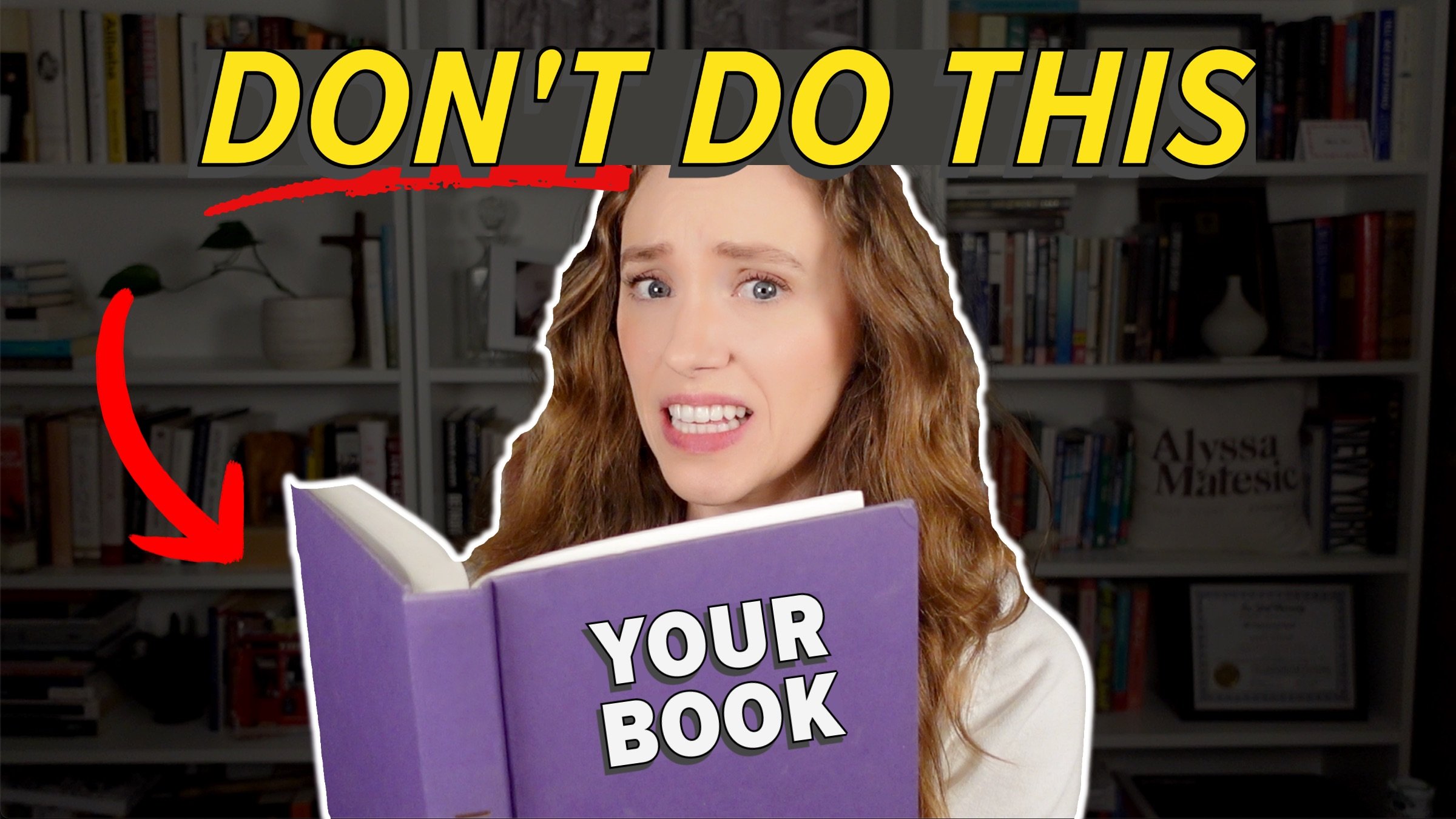5 Strategies to Reach Your Reading Goals and Finish More Books
HIT PLAY OR READ THE POST BELOW:
Last year, I read 65 books—not because I had endless free time, but because I’ve learned how to make reading a consistent and rewarding habit.
As a book editor, reading is part of my daily life, and over the years, I’ve developed strategies that make it easier, faster, and more enjoyable to finish book after book. Whether your goal is to read five books this year or 100, these proven techniques will help you stay motivated, build momentum, and achieve your reading goals.
1. Creating a Reading Routine
The biggest misconception about reading more is that it requires sacrificing something else. You don’t need extra time—you just need to repurpose the time you already have. In fact, the number one reason people don’t achieve their reading goals is the easiest to fix: they haven’t built reading into their daily habits.
Most people who don’t read regularly don’t hate books—they just haven’t made reading a habit. But creating a routine is critical if you’re serious about reading more. The good news? You don’t have to read for hours every day. Just 10 to 20 minutes will add up over the course of the year.
Where to Find Those 10 to 20 Minutes
Commutes: When I moved back to New York City last year, I started spending a lot more time on the subway. While I’m waiting on the train or riding it to my stop, I’ll pull out whatever I’m reading, usually on my Kindle or on my phone. If you read on your commute every day, you’re automatically going to make a lot more progress without changing your routine at all.
Before bed: Another great routine is to read before bed, which can also help you wind down at the end of the day. I’ll admit, I used to scroll on social media before going to bed (and sometimes I still do). But more often now, I’ll set my phone on my dresser, take my book to bed, and read for 5 to 10 minutes before falling asleep.
While multitasking: A few times a week, I’ll also read while I’m walking on the treadmill, especially on these cold winter days when I don’t want to go outside. This helps me accomplish two goals at once. Really, I like to sneak in bits of reading whenever I have an unexpected moment, such as while I’m on hold with customer service or waiting for water to boil in the kitchen. I keep my book out and easily accessible wherever I am so that I can quickly pick it up whenever I find a moment.
Extra tip for Writers
On days where you’re struggling to write, repurpose your writing session as a reading session. Sometimes immersing yourself in a good book is exactly what you need to rejuvenate your creative energy and bring fresh ideas to your story when you return to it.
2. Embrace Audiobooks and Ebooks
This next tip is the biggest hack that skyrocketed the number of books I’m able to read in a year: it’s to embrace audiobooks and ebooks.
Audiobooks: Some people say that listening to audiobooks doesn’t count as reading, but I firmly disagree. If you’re still digesting and engaging with the words, then you’re reading that book. Personally, I love audiobooks, and they’ve completely changed my reading capacity. Because I read books for a living and I have to physically read all of the client manuscripts I work on, I found myself tiring out when I wanted to read for entertainment. I would gravitate to TV or social media for pleasure instead because I just didn’t want to look at more words on a page. Now, I listen to those books on audio, which allows me to differentiate them from what I’m doing for work. Plus, I’m able to fit some listening in at times where I wouldn’t be able to read a book physically, like while I’m walking the dog, cooking, or folding laundry. Sometimes I’ll even begin a book on audio and then move on to the physical copy, or if I’m reading two books at once, I’ll have one I’m listening to and one I’m physically reading.
Ebooks: Nothing will replace the joy of picking up a physical copy of a book, and you can see from my bookshelf behind me that I love having real copies. But I’m only able to read as much as I do because of the convenience of my Kindle. I take it wherever I go, and even if I forget to bring my Kindle, I have the Kindle app on my phone, which lets me seamlessly pick up wherever I left off. It lets me get so much more reading time in. Plus, I admittedly love the feature of being able to see exactly what percentage of the way through the book I am.
I know that some people hate audiobooks and can’t focus on them, and some people say they will never read an ebook over a physical copy. But if you’re struggling to read more, try giving one of these other formats a try.
3. Don’t Hesitate to DNF
I learned this when working in the publishing industry, but it just might be the most important mindset shift you make around reading: don’t hesitate to DNF a book. DNF means "did not finish," and in fact, abandoning some books can actually enable you to finish more books.
When I was just getting started in the publishing industry, I had to learn this lesson fast. I had hundreds of manuscripts on my desk at any given moment, and there simply were not enough hours in the day to read all of them in full—even if I wanted to. I had to learn to trust my instinct, know when a book wasn’t going to be a good fit, and then let it go.
The same goes for you when reading for pleasure. I know people who say they have to finish every book that they start, even if they don’t like it. But I don’t love this approach because it can lead to what I call reader’s block, where you struggle to return to the book you’re reading because it’s not engaging or inspiring you at that moment. This is when we typically turn to something else for more immediate entertainment, like TV or social media.
Reader’s block most often happens if you’ve committed to reading a book that’s incredibly dense or difficult to read, or if you’re reading a book that a friend recommended to you that you’re just not really enjoying. If a book isn’t hooking you, it’s okay to put it down. The key to reading more is to make reading something enjoyable that you look forward to. It shouldn’t feel like homework or a chore. If you feel guilty about DNFing a book, remember: you can always try again later. Maybe you’re just not in the right headspace or mood for that book at that particular moment. Once you stop forcing yourself to get through books you don’t love, you’ll read so much faster.
4. Stay Motivated
Giving yourself motivation is key. Without it, I’m sure my completed book count would be cut in half. I hear from so many people that the last time they finished a book cover to cover was when it was assigned to them in high school or college, and there’s a reason for that: there was a deadline in place that you had to complete the book by, and that’s what motivated you.
This same reason is why I complete as many books as I do: because I have deadlines that I have to get my feedback to clients by, and that’s what motivates me. So, think about what motivation looks like to you.
Ideas for staying motivated
Join a Book Club: This is a fun way to keep yourself accountable while also joining a community of like-minded people. You’ll naturally be encouraged to read because you’ll want to finish the book by your meeting date.
Share Your Reading Socially: Platforms like Goodreads, Bookstagram, or BookTok are great places to connect with a rich bookish community. Sharing your reading progress or reviews can inspire both you and others.
Gamify Your Reading: Create a bingo card with specific genres or types of books you want to explore, such as “read a business book,” “read a novel set in Japan,” or “read a novel by a debut author.” Then, each time you read a book that matches the criteria, you’ll check it off. And once you complete the bingo card, you can treat yourself to something. This can also give you inspiration for what to pick up next once you finish a book and encourage you to keep up the momentum.
5. Pick up Something Unexpected
So much of the joy of reading is finding a book that surprises and delights you, something that you unexpectedly fall in love with. For every book you put on your "to-be-read" list that is in a genre you always read, I challenge you to add one that is out of your comfort zone. I bet you’ll be surprised.
One of my all-time favorite books is The Things They Carried by Tim O’Brien, which I read in high school as part of an assignment. When I first heard the premise, I didn’t think it was going to be for me because I wasn’t particularly interested in history at that point in my life. I read it for school just because I had to, but I fell in love with it, and I’ve reread it so many times since.
Branching out of your comfort zone will keep reading exciting, expand your creative horizons, and ultimately keep you from burning out on reading. In addition to picking up genres you don’t normally gravitate to, try different formats like short stories, essay collections, or poetry. If you usually read classics, try books that were recently published, or if you usually read recently published books, try some classics. Try books from a local author or from an indie or small press.
For all the writers watching, reading books out of your typical genres will help push you creatively, help you see what you respond to in stories, and inspire ideas for your own work. If you don’t want to commit to purchasing a book that you’re not sure you’ll like, use your library card to get access for free. I use the Libby app all the time to borrow ebooks and audiobooks. And remember: if the book doesn’t resonate with you, you can always set it aside and move on to the next. There are literally millions of books out there waiting for you.
If you implement just one of these systems we went over today, I guarantee you will read more this year. But reading more is one thing—actually engaging with the books you read is something else entirely. How can you ensure you’re getting value out of what you read? Click here for my framework to read like a writer and get more out of what you read.
Thanks so much for following along, and happy reading!






